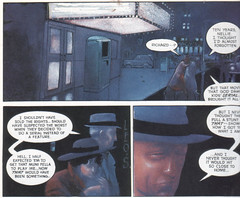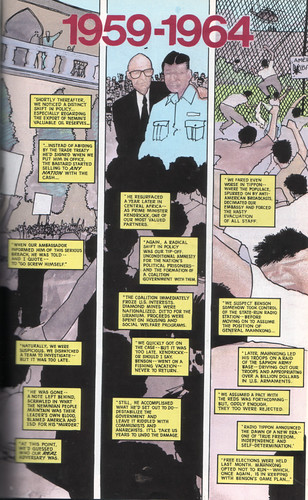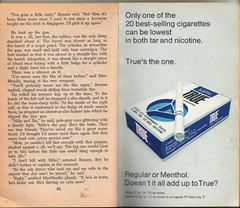Apparently, there is an organization called TeachersCount, whose mission it is "to raise the status of the teaching profession and provide resources to the education community." (Office Max looks like one of their bigger sponsors - it seems a natural tie-in with all their back-to-school stuff.) In furtherance of those ends, they held an essay contest in which students described their "super" teachers. This comic commemorates and celebrates those teachers, the students, and teaching and learning in general.
Of course, we can't celebrate education without a little action, can we? So the comic starts with a doombot menacing HS teacher Peter Parker:
I love that half-and half face business that goes all the way back to Ditko. Do they still do that in the regular comics?
Anyway, the Human Torch shows up to help Spidey, and the FF fills him in on the deal: Dr. Doom has drained the minds of "the best and brightest students" (coincidentally those who had won the essay contest) for some undisclosed purpose. The zombie kids are in FF care:
The heroes plan to track Doom down and enlist the help - say it with me - of the teachers! Here they are in all their plain-folks glory:
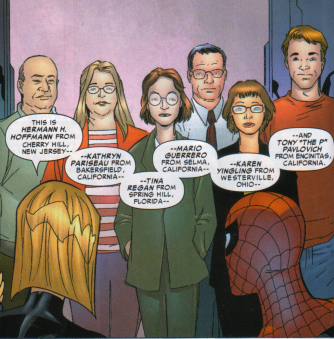
So, the whole crew heads down to Office Max to get compasses, maps, calculators, pencils, paper and more" in order to work out Doom's whereabouts." Because, you know, the entire Baxter Building was apparently out of all that stuff, and doesn't have any computers or anything, I guess.
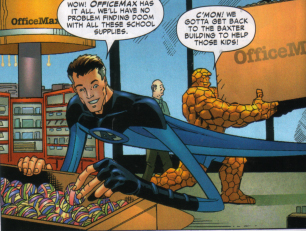
Hey, quit complaining - it's a public service comic. Besides, they needed to get a box of rubber band balls. Didn't you see the foreshadowing on the cover? And check out Ben Grimm here - apparently you can't do science without plenty of rubber bands:
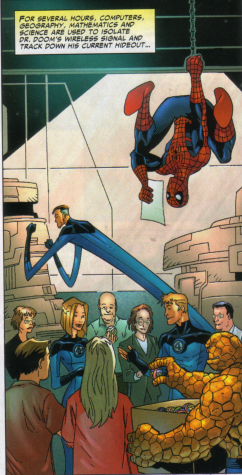
So, Doom's hideout is calculatored and the usual generic superhero action follows for a few pages. Spidey and the FF are captured in Doom's castle, but luckily all the teachers have come along in the Fantasti-Minivan. They figure out Doom's plan and free the superheroes, all while spouting their catch phrases (the original sources are available in the actual essays that are contained in the book) in true comics hero manner:
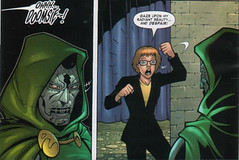
(It seems she really does say that! Well, without the "despair" part.)
And we must not forget the critical role of a rubber band ball:
So, Doom is defeated, and the children are rehabilitated with the help of their wonderful teachers.
All in all, it's a goofy and charming little comic, and I think it does its job of honoring teachers and advocating for education. In addition to the text piece containing the essays and some profiles of TeachersCount people, the book features superhero-themed ads from Brother, Avery, and Hewlitt Packard that range from clever to lame. This is clearly a fine work in the tradition of the Superman Family- Radio Shack team-up. Pick it up if you see one of these - it'll be fun.
And remember, education starts with rubber band balls!
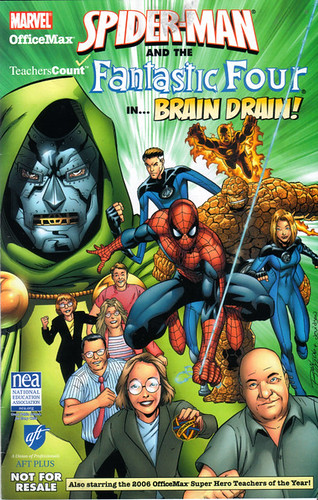
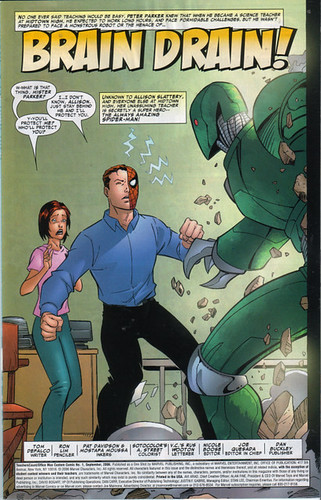
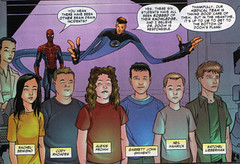

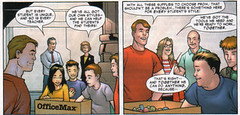
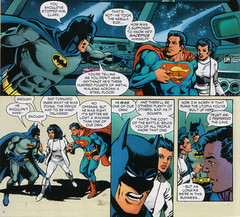
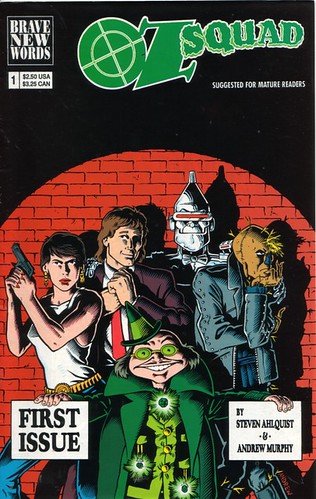
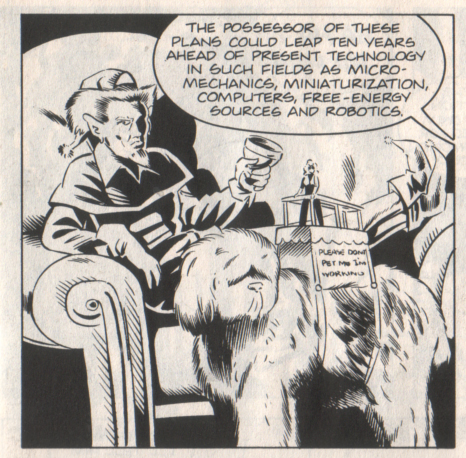
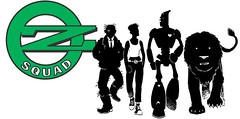
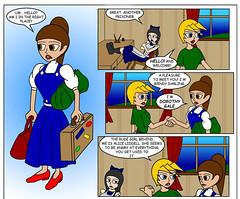
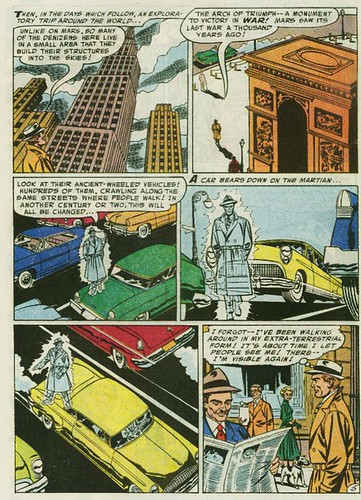
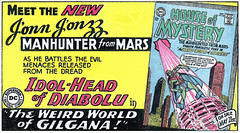
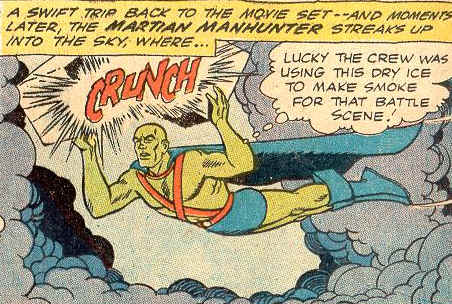
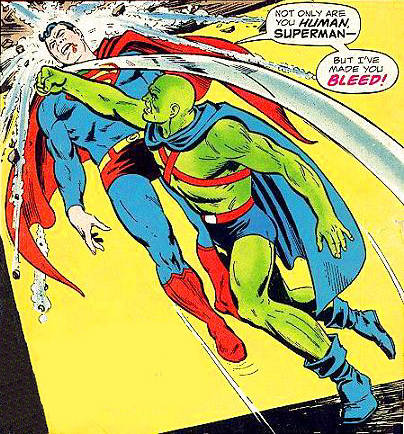
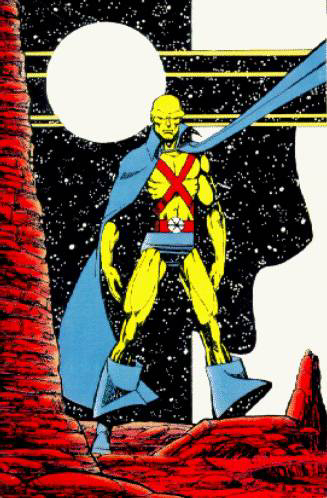
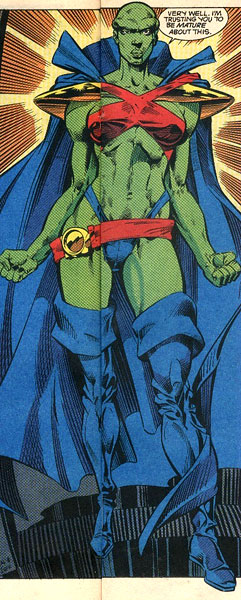
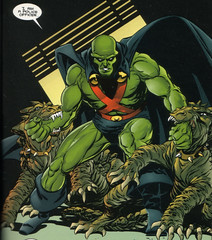
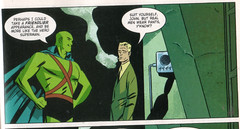
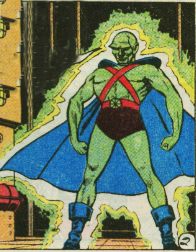
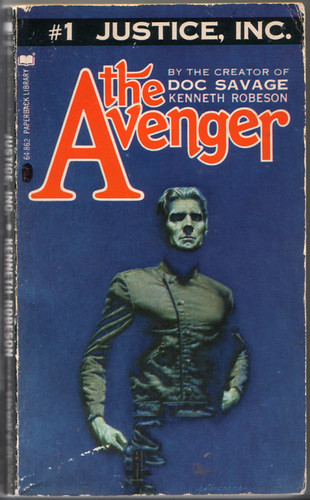
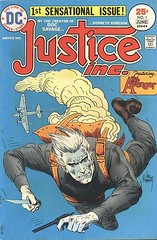 DC Comics tired to capture the Avenger's appeal in comics twice. The first attempt was in 1975, not long after the first paperback appeared. While none of the four issues published remain the The Last Shortbox, I had them all, and remember them most for Joe Kubert's stunning covers and Jack Kirby's muscular interior art. The stories, however, seem to miss the spirit of the original series, and the comics aren't worth seeking out. If you trip across any, though, give 'em a look.
DC Comics tired to capture the Avenger's appeal in comics twice. The first attempt was in 1975, not long after the first paperback appeared. While none of the four issues published remain the The Last Shortbox, I had them all, and remember them most for Joe Kubert's stunning covers and Jack Kirby's muscular interior art. The stories, however, seem to miss the spirit of the original series, and the comics aren't worth seeking out. If you trip across any, though, give 'em a look.